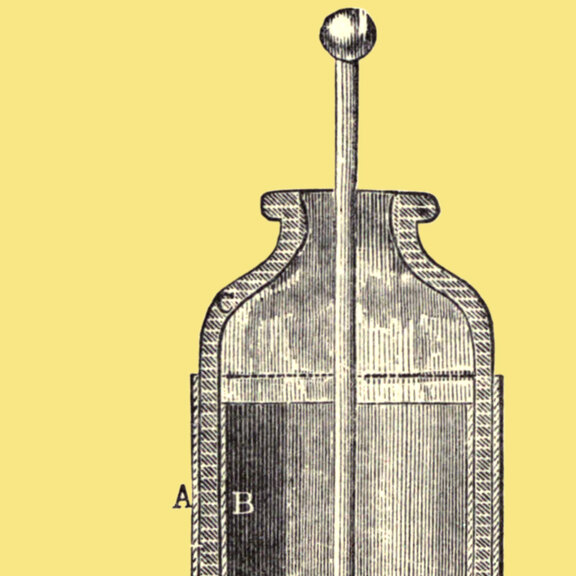An appendectomy with no anesthetic? Just the thought of it hurts. But this was what happened until the mid-19th century: anesthetic substances were not known in medicine. Whether or not patients died of heart failure under the scalpel usually depended on how quickly the doctor performed the operation.
Chemist Justus von Liebig, born in Darmstadt in 1803, literally provided the relief: in 1831, in one of his many experiments, he produced a chlorinated hydrogen that became known as chloroform. Its narcotic effect, however, was not recognized until ten years later in animal experiments. In 1847, Scottish doctor James Simpson tested chloroform on himself: after inhaling the substance, he fell into deep unconsciousness and awoke a short time later. Ether had already been used in medical practice one year earlier. But chloroform proved to be better tolerated.
Pain-free royal delivery
Justus von Liebig’s discovery, however, met with resistance. Representatives of the Church were particularly outraged by the use of chloroform in childbirth. They followed the Old Testament, which says: “In pain you shall bring forth children.” Queen Victoria of England had other ideas. She wanted a painless delivery and, in 1857, after chloroform was administered to her, gave birth to her son Prince Leopold. The public and medical experts were impressed, and the substance became the most widely used anesthetic in Europe. But only for a short time: towards the end of the 19th century, many operations using chloroform as an anesthetic were accompanied by undesirable – often fatal – side effects. Soon, doctors returned to ether and nitrous oxide in operating theatres.
(Image: betka82 – AdobeStock)





